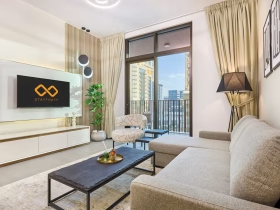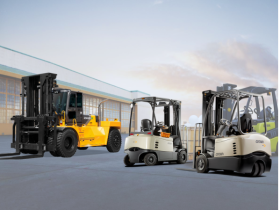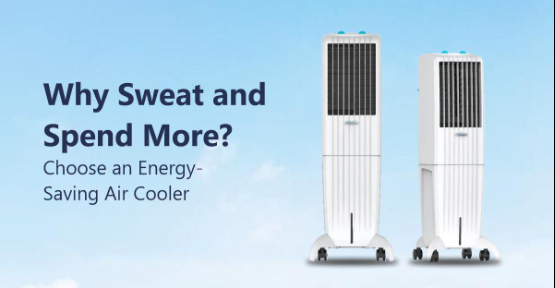The heat is rising, but your bill does not have to. By late April, many Indian homes feel warm even before noon. Ceiling fans push air around, yet rooms still hold the day’s heat.
You can run a compressor and brace for the bill, or you can choose an energy efficient air cooler and make comfort an everyday habit. Evaporative cooling pairs moving air with water, so the breeze feels gentle, the room settles faster, and you pay for use rather than waste.
Why a cooler works for daily life
Coolers suit the way people actually use their spaces. Evenings in the living room, quiet work in a study, a child trying to nap after school. You get steady airflow and a mild drop in temperature without the sealed room that an AC demands. For most households, the lighter footprint and simpler routine matter just as much as the relief.
Lower power draw, calmer monthly bills
- Power math in plain words
Think about wattage, not just promises. A low power consumption air cooler draws a fraction of what a basic air conditioner needs. If you run a 140-watt unit for five or six hours, the spend stays predictable across a long summer. Once the room feels easy, drop a speed. The noise dips, the power dips, and comfort stays the same for most people.
-
Backup-friendly from day one
Power cuts are part of the season. Select an inverter compatible air cooler so the breeze continues when the grid goes down. Coolers ask for modest surge power, which most home backups can handle without drama. That keeps a study session going, saves a nap, and rescues a late dinner when the lights flicker.
Comfort that feels fresh rather than stuffy
-
What honeycomb pads add
An air cooler with honeycomb pads draws warm air through water-soaked cells and sends out a smooth, even stream. Because the honeycomb holds moisture well, evaporation stays steady, and those hot and cold spikes you get with thin pads fade away. If evenings get humid, crack a window so moist air leaves and fresh air enters. That simple habit makes the room feel lighter.
-
Airflow where it matters
Do not aim the stream into curtains or a wall. Aim across where people sit or sleep so that sweat evaporates quickly from the skin. That is part of why the same temperature can feel different. Good airflow at the right height often beats a louder top speed pointed the wrong way.
Align the cooler to the room you actually use
-
Small desks, narrow corners, and late nights
A personal tower air cooler fits tight spaces and single-user setups. The tall body throws air at face and shoulder height while using very little floor area. For a student, a freelancer, or anyone reading at night, this form factor blends cooling with quiet.
-
Families and shared spaces
If you are searching for the best air cooler for a room, ensure it syncs well with the airflow to the square footage and seating. Look for smooth oscillation that reaches the sofa ends, a tank that lasts through a family evening, and pads that slide out easily for cleaning. Test low and medium speeds in a store if you can. That is how you will run it most nights.
Set up once, enjoy all season
-
Placement and ventilation
Place the unit near a window so it can draw fresher air. Open a small window opposite the cooler to allow air to flow through. Keep unused rooms shut to trap the cool where you need it. Pre-soak the pads for a minute prior to switching on the fan. You will understand its significance in the first few minutes.
-
Cleaning that takes minutes
Use clean water, rinse the dust filter every week or two, and give the tank a quick wipe during refills. If your area has hard water, a mild descale now and then keeps things seamless. These small habits reduce noise and keep cooling consistent day after day.
-
A quick note on brands
You will find many choices at different price points. A brand like Symphony offers models across sizes so that you can pick by room rather than by guesswork. Whatever the badge, prioritise build quality, pad access, honest wattage, and after-sales support over flashy claims.
Buying cues that actually matter
-
What to look for before you pay
Listen at low and medium speeds. Check the rating label for real wattage. Confirm that pads and filters slide out without tools. Ensure that the airflow sweep is broad enough for your seating spot. If you shift it to the bedroom later, choose durable casters and a tank sized for the night.
-
Features that help every day
Remote control can be handy, but smooth airflow matters more. A water level indicator prevents midnight surprises. A simple timer can switch the unit off after you fall asleep. None of these are thrills, but all of them are the features you will use.
So, what should you take home this summer
-
Clear picks for common needs
If your main goal is a quiet night, choose the best air cooler for summer with a calm motor, good swing, and a tank that lasts until morning. If weekends bring friends and long chats, go for a stronger air flow and a wider body. For solo work hours, a personal tower air cooler placed near the desk does the job without intruding on your space.
Switching to an energy efficient air cooler is not a trend chase. It is a practical decision you feel in the room and see on the bill. Select a low-power consumption air cooler, place it by a window, clean it briefly each week, and let it hum. You will feel the air soften and the day slow down, even when the sun is sharp.






































Leave a Reply